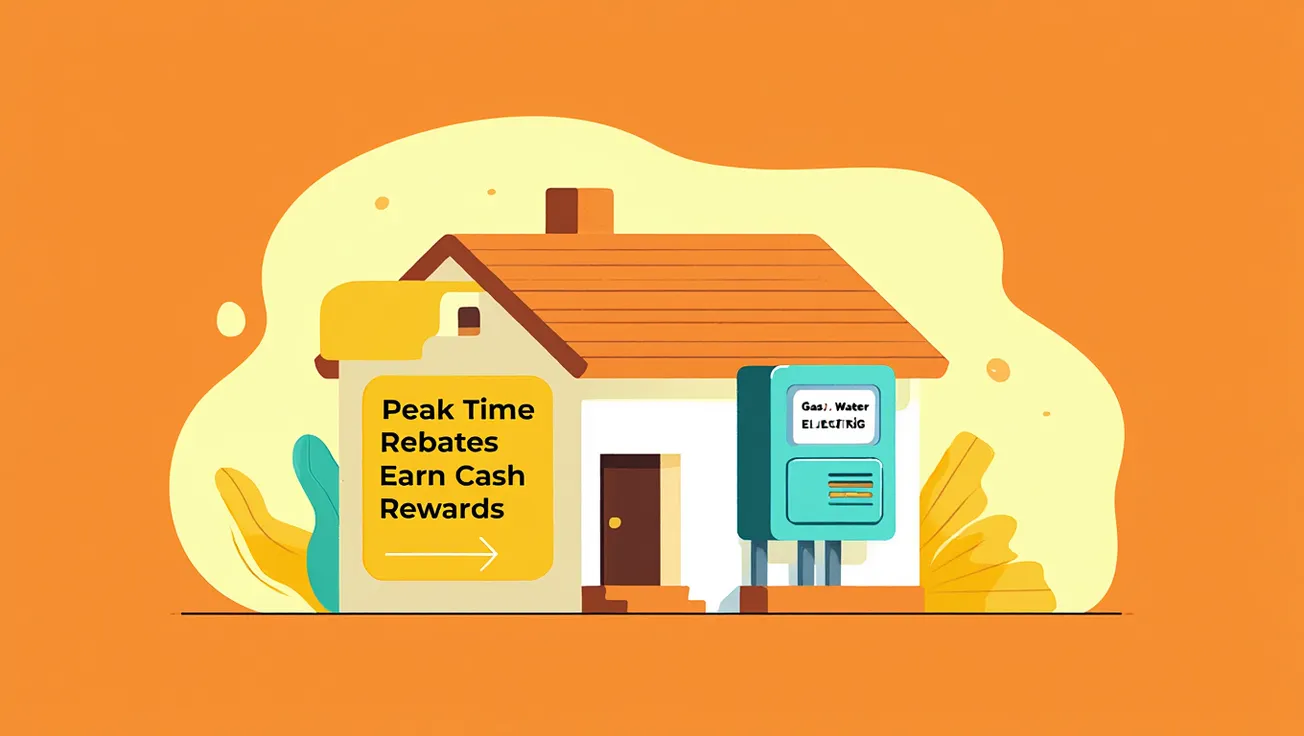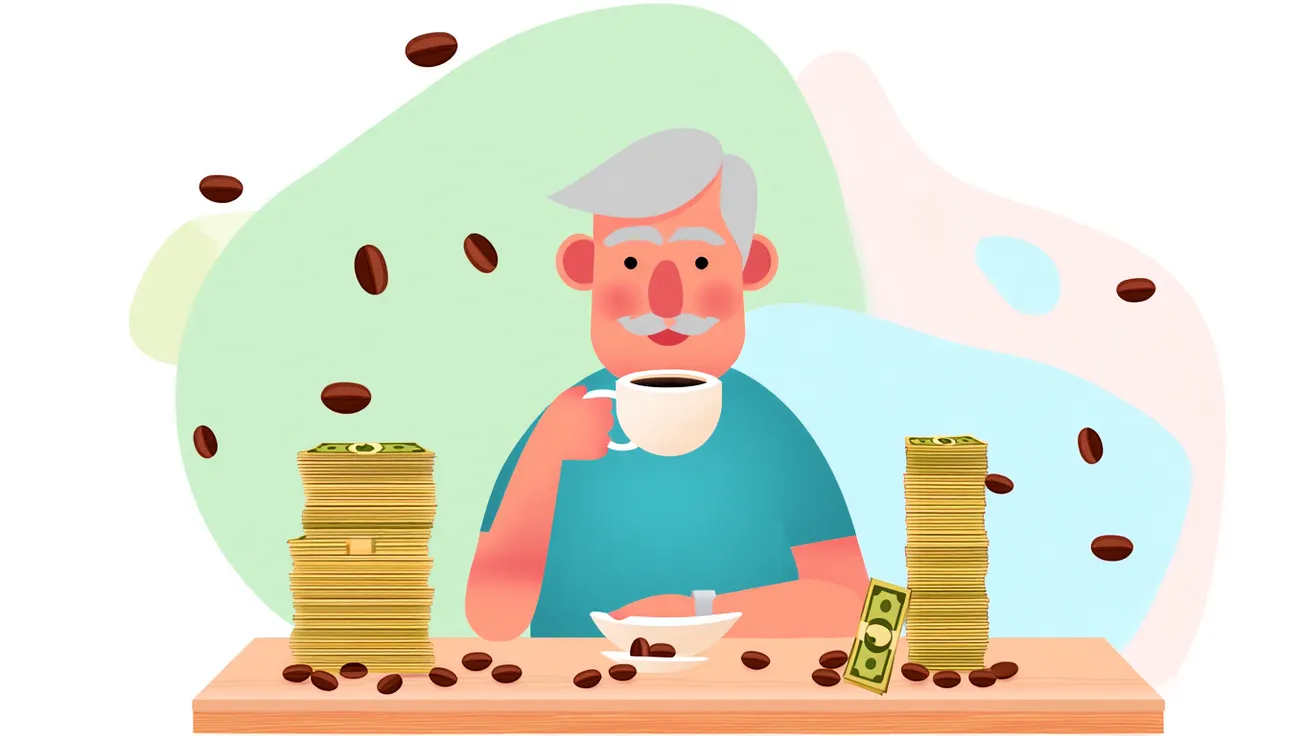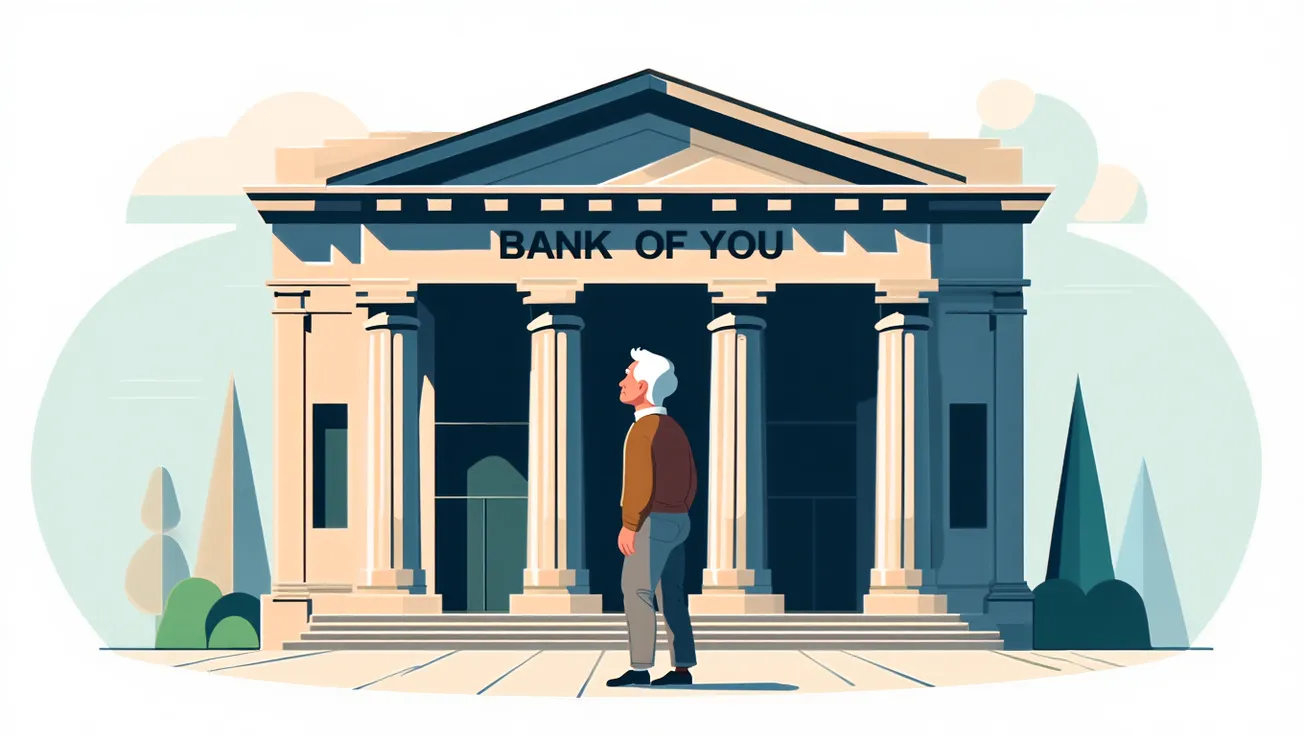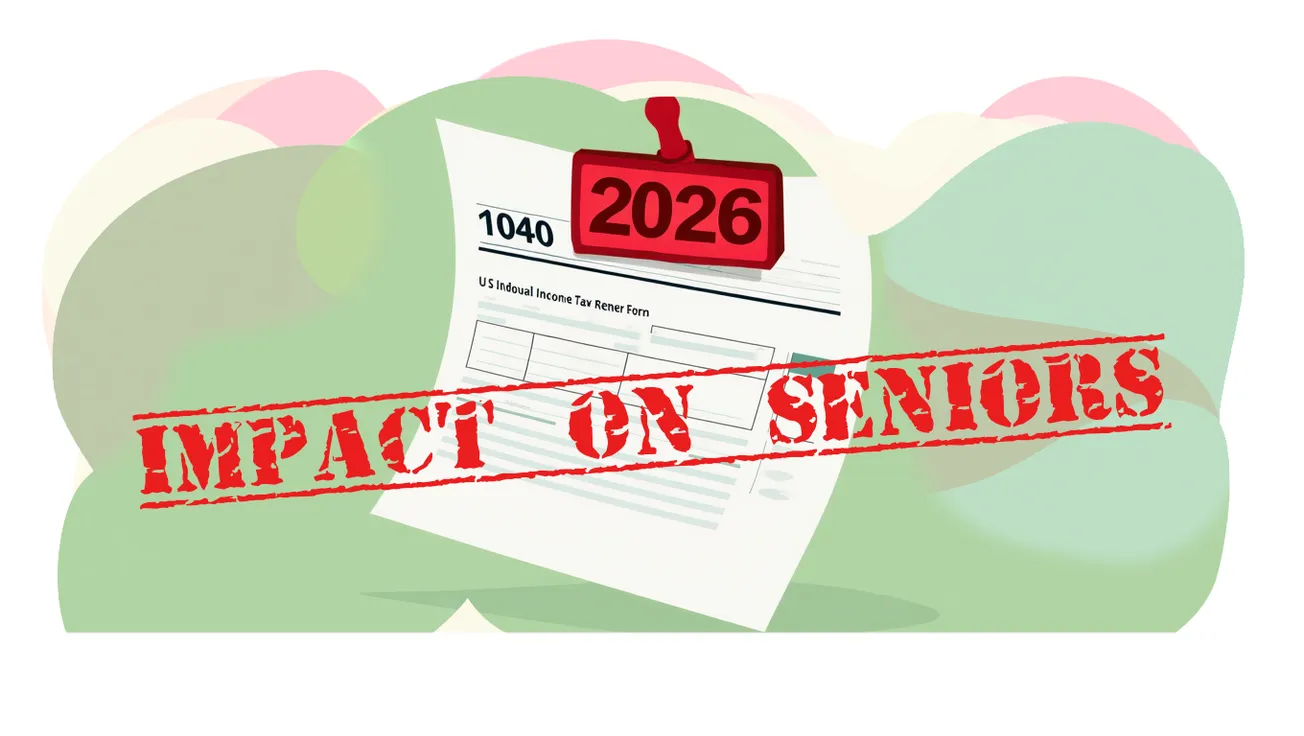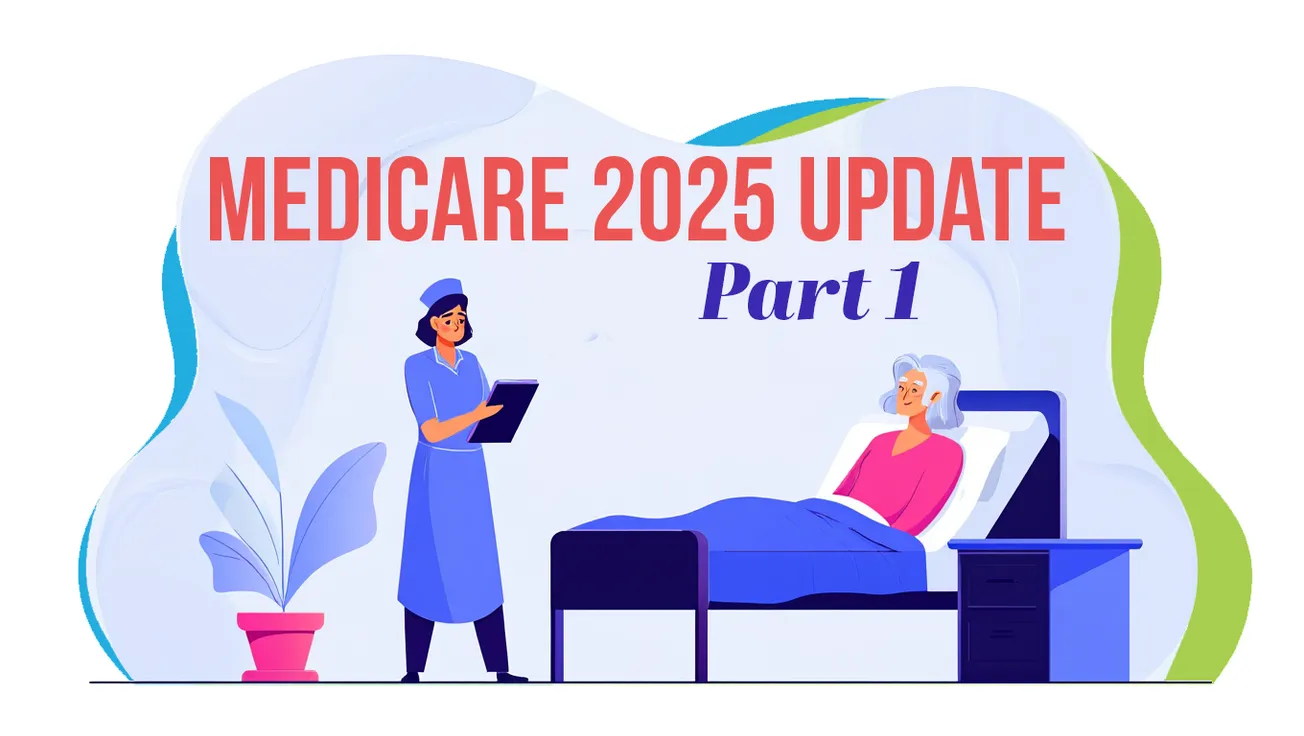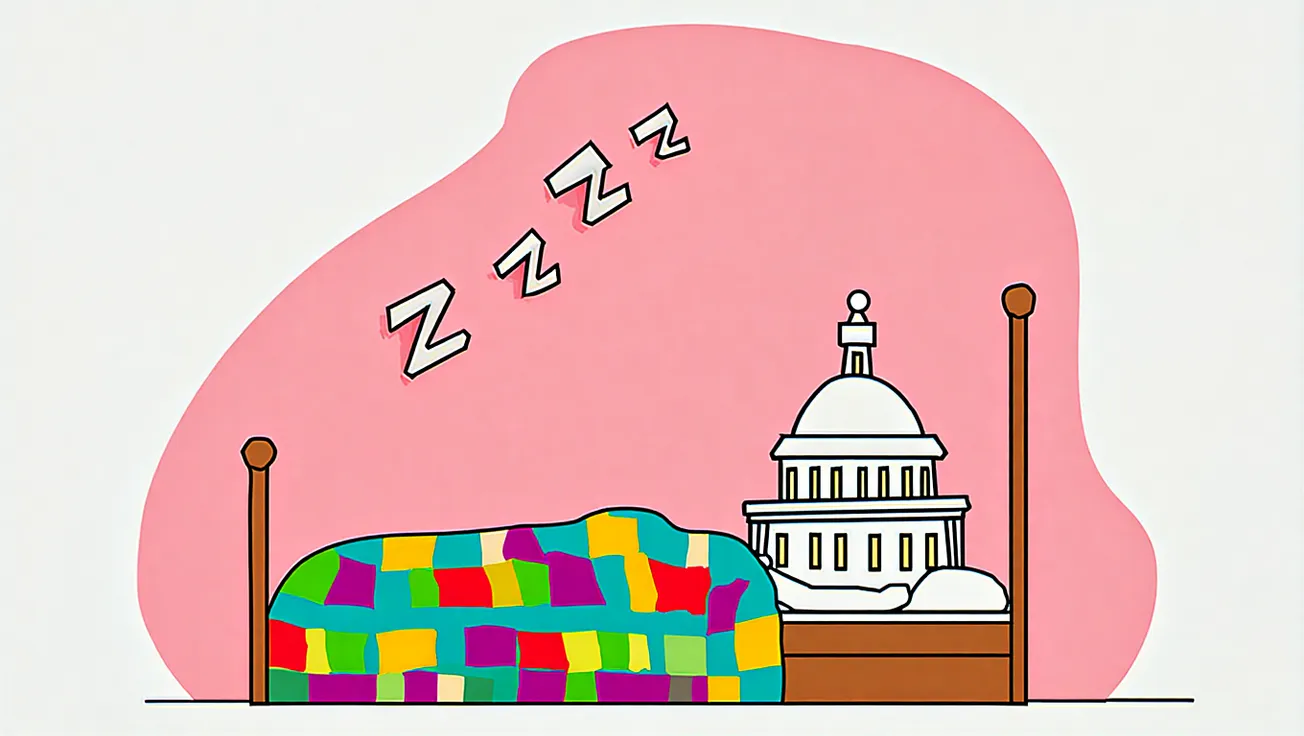The Takeaway
- Yes, it’s real. Many utilities across the U.S. offer “Peak Time Rebate” or “demand response” programs that pay customers to cut energy use during peak demand hours.
- Easy to join. Enroll through your utility’s website or by calling customer service—most don’t require special equipment.
- How it works. On hot afternoons or high-demand days, you’ll get an alert asking you to reduce power for a few hours. Rewards are credited automatically.
- Payouts vary. Rebates typically run $1 per kWh saved or a flat credit of $5–$25 per event, depending on your utility.
- Great for seniors. Simple steps like delaying laundry, adjusting the thermostat a degree, or turning off extra lights can add up to noticeable savings.
A Bill That Sparked Curiosity
The monthly LG&E/KU bill showed up in one of our editors’ mailboxes recently, which is no big deal. But when they flipped the page to pore over all the little charges and notices, a bright box jumped out: “Peak Time Rebates—earn cash rewards.”
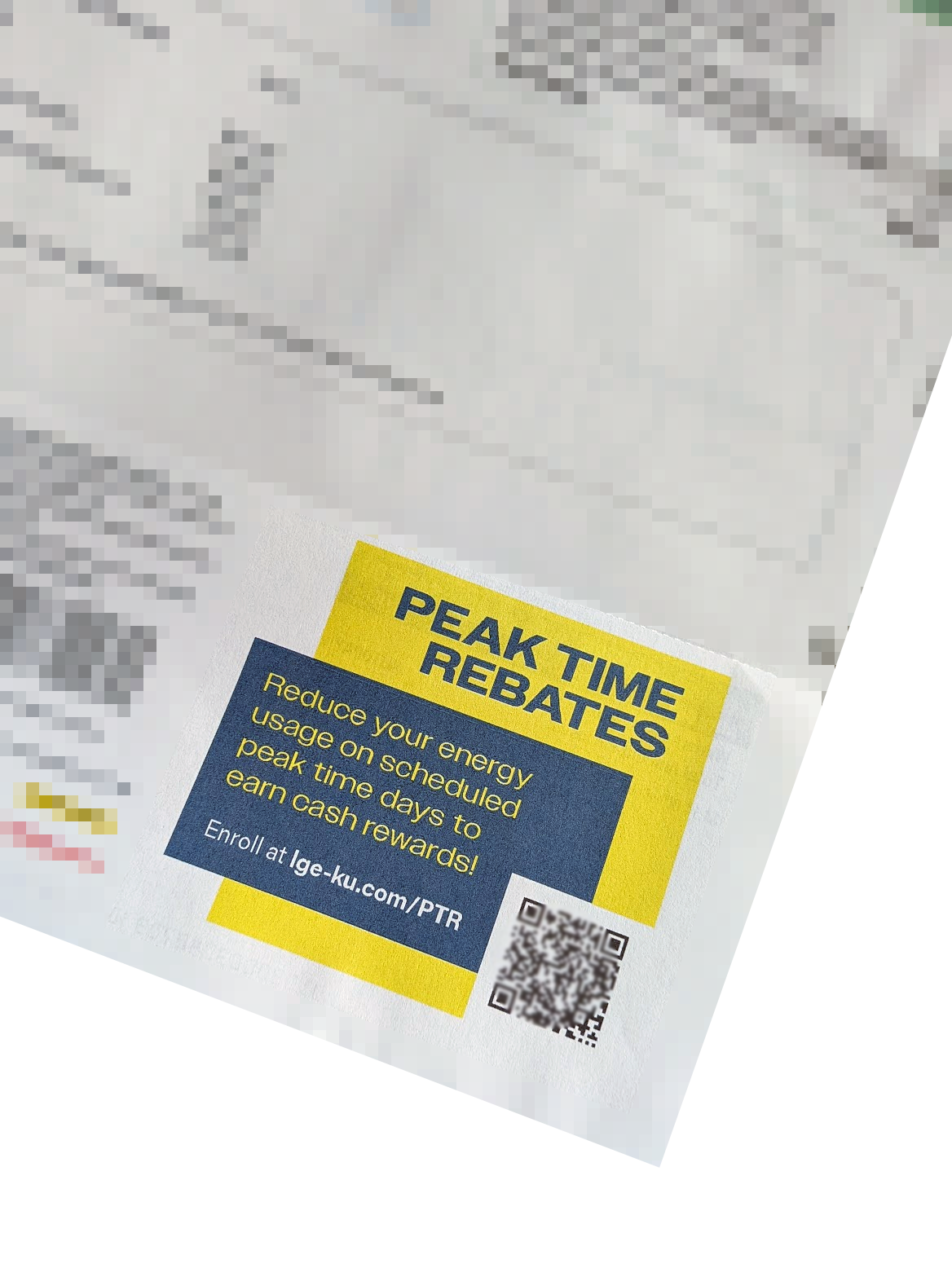
Wait a second—cash rewards for using less energy? That felt like a new twist. So, we asked: Is this just a Kentucky thing, or is it happening across the U.S.? Could seniors use it to shave dollars off their bills?
The Bigger Picture
Turns out, LG&E/KU isn’t alone. Across the country, utilities are quietly rolling out these programs because they help balance the grid during peak demand—usually summer afternoons when air conditioners push the system to the limit. Instead of building costly new power plants, utilities pay customers to use less at the right time.
Here are a few examples:
- Portland General Electric (Oregon): Pays customers $1 for every kWh reduced during “Peak Time Events.” No special equipment required. Portland General
- PG&E (California): Offers SmartRate and other demand response programs, cutting bills for those who shift energy away from peak hours. PG&E
- ComEd (Chicago): Customers get $1 credit for each kWh saved during peak hours. ComEd
- Dominion Energy (Virginia & Carolinas): Offers smart thermostat programs and rebates for peak-time reductions. Dominion Energy
- BGE (Baltimore): The Peak Rewards program offers bill credits for reducing AC use during high-demand events. BGE
Even smaller regional providers like Indiana Michigan Power and Sacramento’s SMUD have versions of this program.
How Hard Is It to Do?
Honestly, not hard at all. Here’s the basic drill:
- Sign up. Most utilities let you enroll online in a few clicks.
- Get notified. You’ll receive a text, email, or phone call the day before (and day of) a peak event.
- Take small steps. Turn up the thermostat a degree, wait until evening to do laundry, or avoid running the dishwasher.
- Get credit. The utility compares your usage to a “normal” baseline. If you used less, you’ll see the rebate on your bill—no forms to file.
Some utilities sweeten the pot with smart thermostat integration—Nest or Ecobee can automatically adjust settings for you. But for seniors who prefer simplicity, manual adjustments are enough.
Download our checklist of questions to ask your utility company.
What’s in It for Seniors?
- Lower bills. Even $20 here and there adds up over a hot summer.
- No-cost enrollment. Programs are free to join—there’s no penalty for skipping an event if you can’t participate.
- Control in your hands. You can always opt out of an event if it feels inconvenient.
- Easy ask. Just call customer service and say: “Do you offer peak time rebates or demand response incentives for customers?”
The Bottom Line
That little “Peak Time Rebates” box on a utility bill may look like fluff, but it could be easy money hiding in plain sight. Seniors who want to trim costs without major lifestyle changes should give their utility a call—or click into their online account.
Disclaimer: This article is for informational purposes only. Energy-saving programs vary by region, utility, and eligibility. Always confirm details directly with your provider before enrolling.


